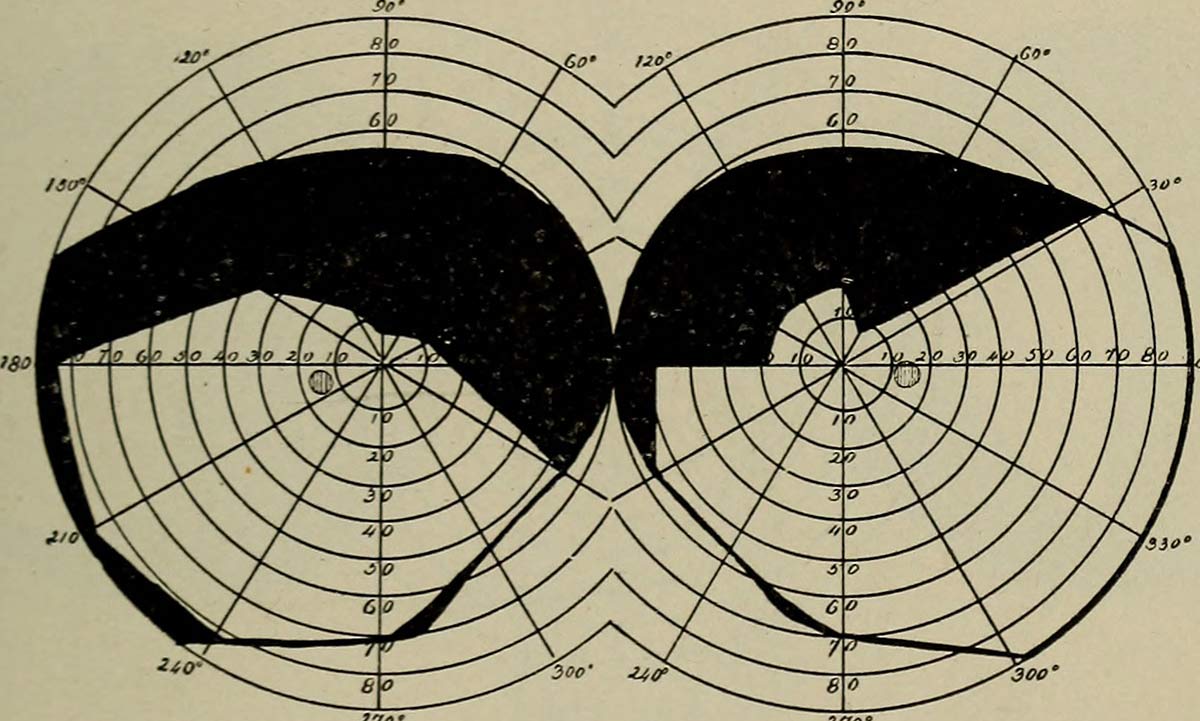Posted by: Atlantic Eye Institute in Education

Have you ever noticed that while you are driving, you have to look over your shoulder because there is a blind spot? Similarly, your eyes have a blind spot, called scotoma.
The optic nerve carries info from the eyeball to the brain, then, spreads nerve fibers across the back of the eye, or retina. The small round spot where the nerve enters the back of your eye is called the optic disc. There are no light-detecting cells on this disc. As a result, you have scotoma. You do not notice this because the opposite eye can see where the other eye cannot. Our brains can also use other spatial observations to fill in missing information.
How to Find Your Blind Spot:
- On the left side of a piece of paper, write an “X” .
- About 5 ½ inches away from the “X,” write an “O.” Make sure they are perfectly horizontal to each other.
- Cover your left eye. Hold the paper about 1 ½ feet away. Look at the “O” with your right eye. The “X” should disappear. If it doesn’t, move the paper back and forth until it does disappear.
Call Your Eye Doctor if:
If you notice a blind spot in your vision while you are doing normal activities, you call your eye doctor, especially if you can answer “yes” to any of the following questions:
- Does the blind spot come and go?
- Does the spot move around in your field of vision?
- Do you have any other symptoms that occur when you see the spot?
- Are flashing lights associated with the spot?
- Have you recently had an increase in number of floaters?
- Does the spot only affect your upper or lower part of your vision, or does it affect your right part or left part?
- Does the spot only occur in one eye or do you see it in both eyes?
Some blind spots can be caused by migraine, while others can be caused by more serious conditions, such as glaucoma, macular degeneration, or retinal detachment.



